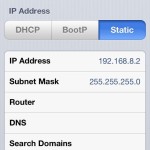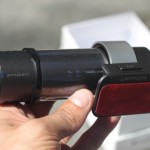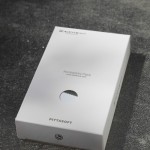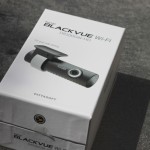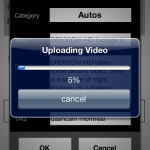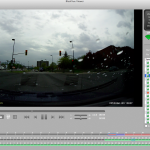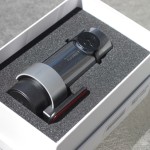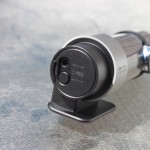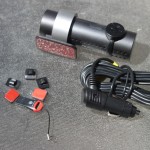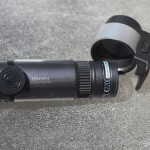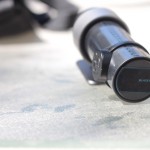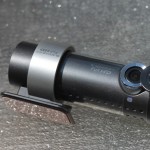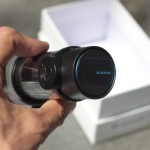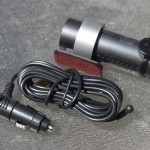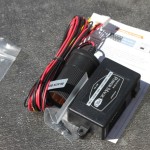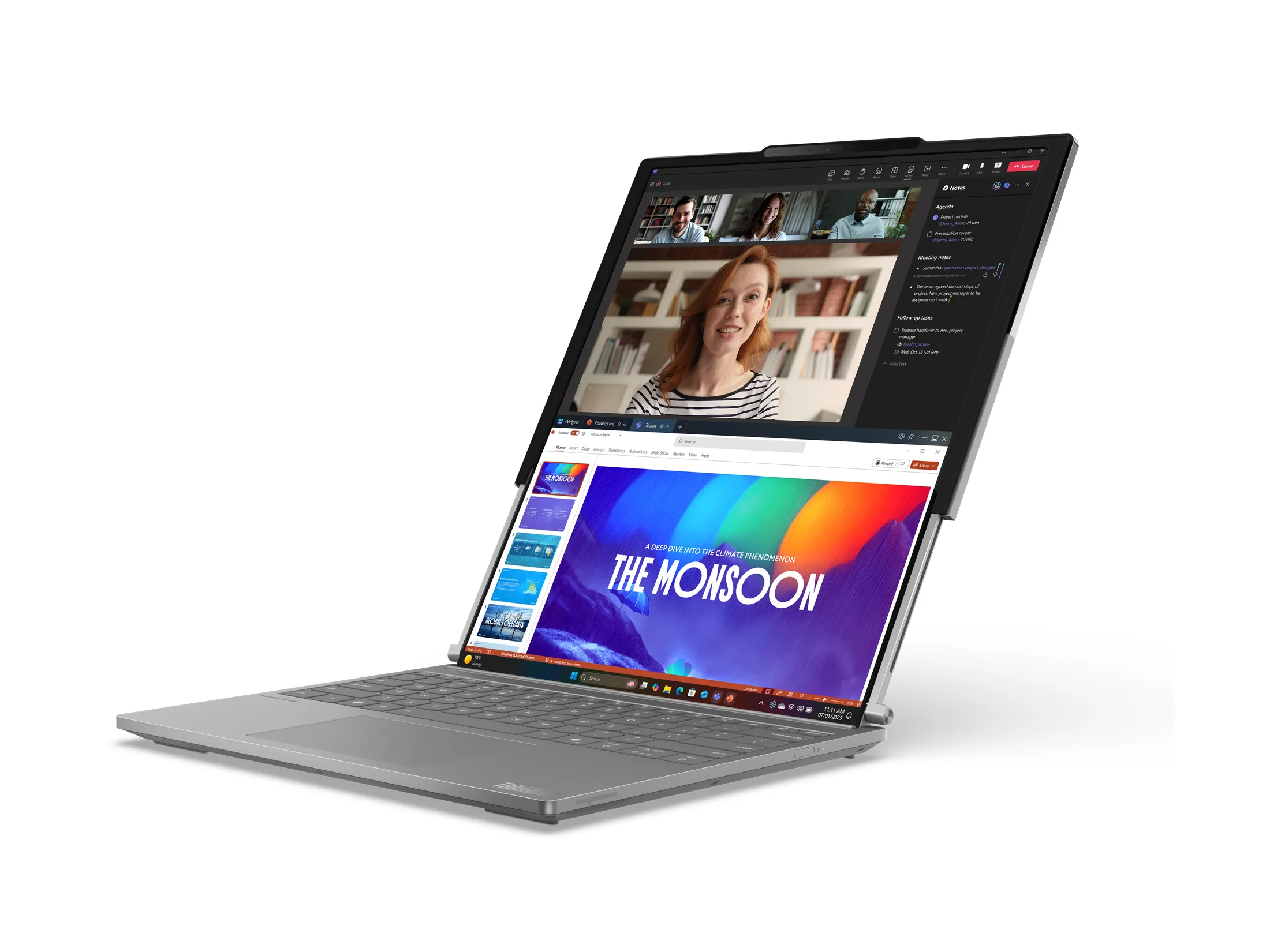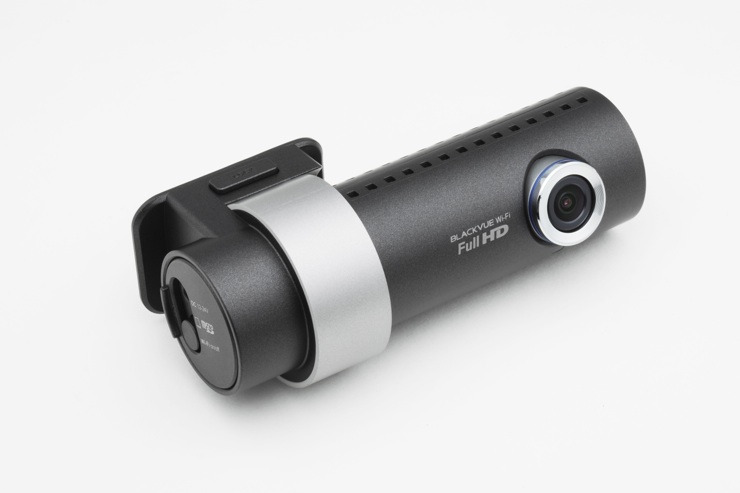
If you’ve spent any time on the Internet lately, you will have probably noticed the increase in dramatic video footage from in-car dashboard cameras depicting everything from road rage incidents to asteroids breaking up in the sky. Most of these come from Russia, where owning such a device is common in light of the frequent insurance fraud attempts. But it’s a good idea to own one anywhere, because you never know when having video proof of what happened in front of you will come in handy. With that in mind, we set out to look for the “best” dashboard camera and kept coming across the Blackvue DR500GW-HD camera from Korean company Pittasoft. So we reached out to them for a review unit and the following article will look at how it performs. Hit the jump for details. Out here we’ll tell you this: it’s an outstanding product of superior build quality, with a few relatively minor flaws. Whether that’s enough to justify its high price is up to you.

The Specs
– Full HD (1920 by 1080) 30fps recording
– WiFi connectivity to smartphone application
– 156 degree field of view
– GPS and accelerometer readings
– Accepts 16GB or 32GB MicroSD cards
– Three recording modes: normal, event and parking (motion detection)
– On-device memory card formatting
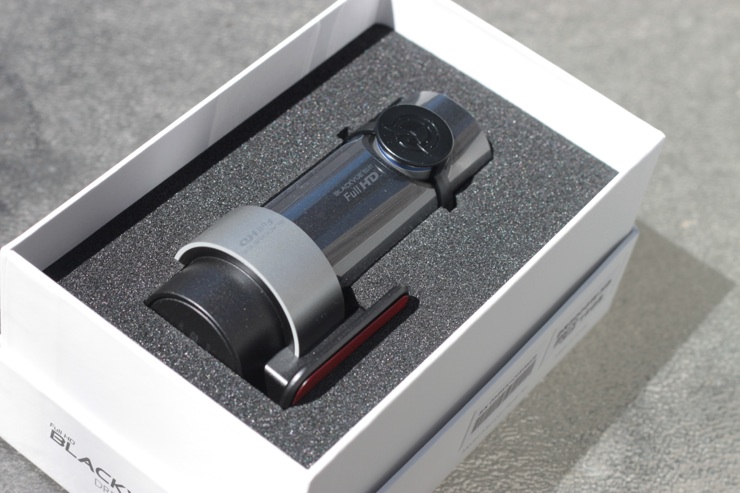
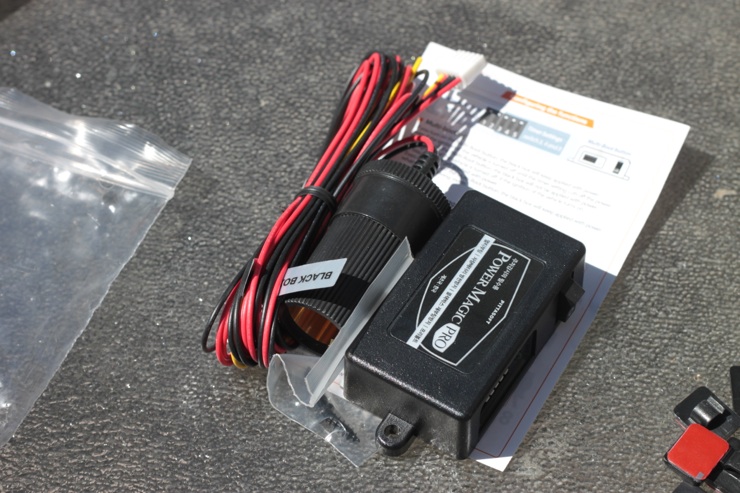
The Hardware
We were sent the DR500GW-HD camera itself, along with the Power Magic Pro. This is a small control box that allows you to hardwire the camera directly into the fuse box of your car and allows for 24/7 operation, without using up your cigarette lighter port at all. Better yet, the Power Magic Pro constantly monitors your battery’s status and insures that power to the dashcam is cut off once it reaches a pre-set voltage or a specified amount of time has elapsed. It’s a must-have addition to the camera itself.
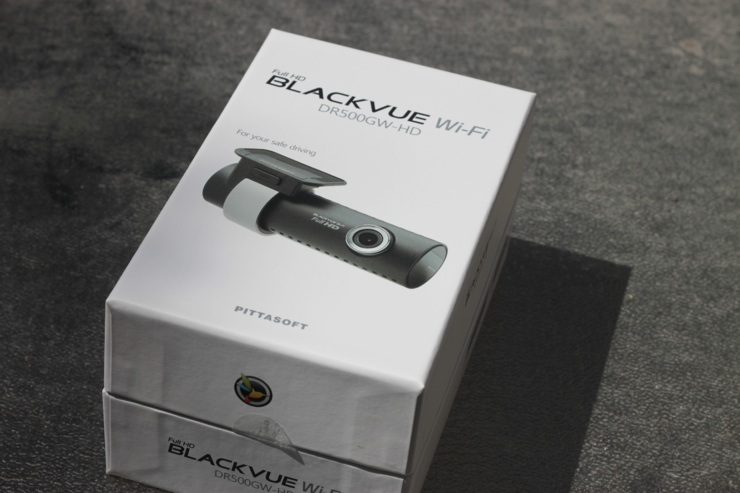
The first thing you’ll notice about the camera is the quality packaging. It makes for a fun unboxing experience and speaks volumes about the attention to detail the company has lavished on the product. The camera itself is cylindrical in shape and is held in place by a hoop mount. This allows the camera to rotate 360 degrees on the vertical axis… but on the vertical axis only. This is actually one of the camera’s main flaws as it hinders later adjustment in either of the two other axes. If you stuck the mount on your windscreen incorrectly (and you only really have one go at it, since it uses 3M double-sided tape and not a suction cup), you have to wrench it off and start over. This is somewhat annoying but not a deal-killer if you can get the installation right the first time. There’s a button on the mount which permits the camera’s easy removal, perhaps for stowage in the glove box or at home.
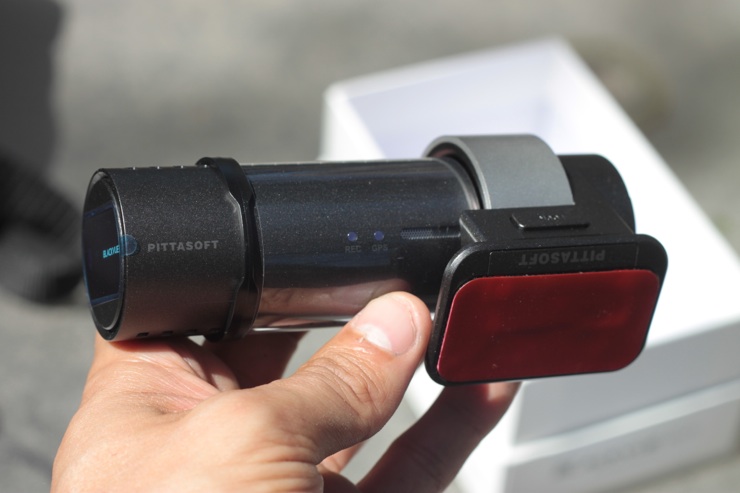
On one side you find the power jack, the on/off button and the slot for the MicroSD card. On the other side, there’s a black plastic covering which reveals a blue WiFi logo when it’s active and a hand-activated motion sensor which disables voice recording if you want some privacy! (This is a great feature, by the way) On the front is the lens, along with a “security LED” and on the back is a large microphone along with two more LEDs: the GPS and the REC.
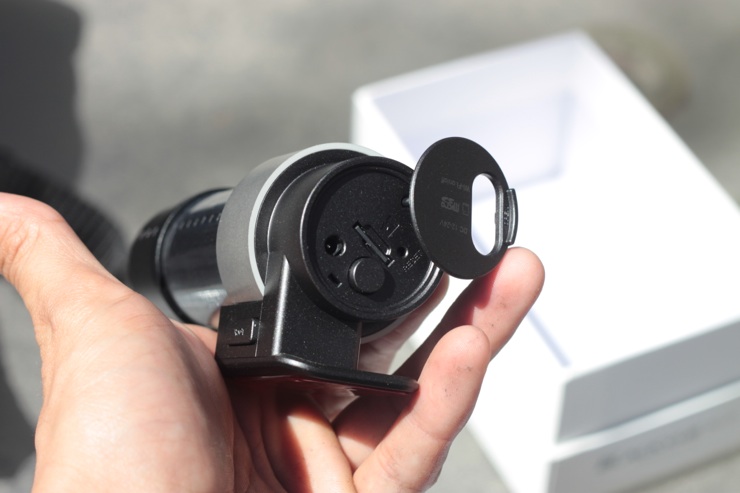
The build quality is excellent. Even though most of it is plastic, you can tell the fit is excellent, and nothing feels cheap or loose. The product definitely screams premium, especially when compared with other, cheaper dashcams we’ve played with. There are lots of ventilation holes, which should help it survive the high heats of summer in a closed car. It’s really small at 4.6in. in length and 1.4in. across, which means it can be discreetly installed and won’t attract the attention of thieves (especially with the security LED disabled).

The Software
One of the main differences between this cam and others is that it doesn’t have an integrated LCD viewfinder. To see what it sees you need to either check the Micro SD card in your computer (with the included MicroSD USB adapter) or, as you’re really meant to do, by pairing it to a smartphone. There is an Android and iOS application, and with it, you can not only see what the camera sees in real-time, but you can also regulate all manner of settings. It connects through WiFi and lets you see all the files saved on the MicroSD card, and even allows you to download them to your phone for local viewing. Better yet, if you wish to upload a particular segment to YouTube, you can do so directly from the app! The only downside to this setup is that while you’re connected to the camera, you won’t be able to get any data on your phone. There is an unofficial workaround to this, which we’ll detail lower.
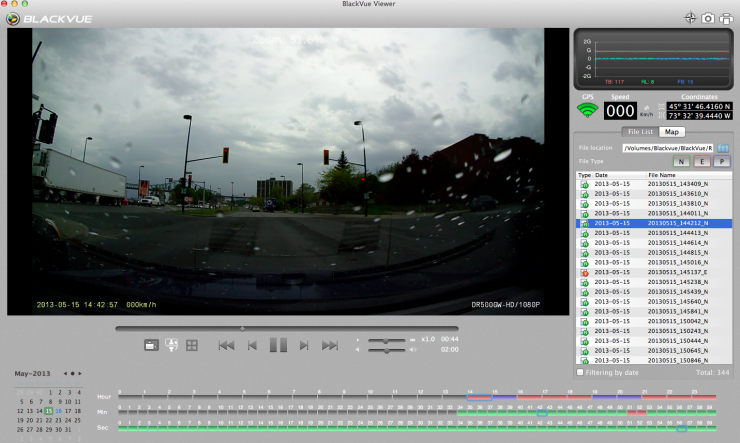
The Mac application reads the files on the card and features a very capable zoom function, which is great when you’re trying to read someone’s license plate or some other small detail on screen. You can also adjust some of the settings in much greater detail than on the phone. For instance, when trying to determine the appropriate level of sensitivity for the cam, the Mac (and PC) application lets you see the accelerometer readings in real-time. Moving the sensitivity slider one way or the other moves horizontal bars up and down until you’ve filtered out all the potholes and normal road vibrations and only allow anything potentially serious.
The Performance
So this is all well and good, but how does it perform? For one, the camera records in several resolutions and framerates, with the highest being of course Full HD (1920×1080) at 30fps and at this setting, it must be said that the video quality is superb. The exposure adjustments are quick, and everything is generally in focus and well lit. The footage is smooth and little details can be easily picked up. This is by far one of the camera’s strongest points and if you’re looking for true HD footage of the road in front of you, this is it.
The camera records in segments that are between 1 and 3 minutes in length, depending on your preferences, and the gap between files is non-existent since the first second of the next file overlaps with the last one in the previous. This way you’re sure never to miss any critical event.
The sensitivity readings however are almost useless, at least in my car. Even in the lowest setting, files are constantly being tagged as “event”, when in fact it was some pothole or other. But that’s ok, since we imagine that the only event that would really matter while driving is an actual accident, and we wouldn’t need the camera to flag that.
The parking mode is great, but only in some settings. The way it’s supposed to work is that when the Blackvue detects you’re parked (after some time with no movement), it enters parking mode automatically (unless you disable that). Then if it detects movement through the lens or the accelerometer (someone bumping into your car, for example), it’ll start recording for a few seconds before and after the event itself. In practice, it only works well if you’re, say, in an indoor parking garage where movement can be sporadic. Usually however, the camera will spend hours detecting leaves moving in trees or even grass blades moving in the wind. Unless you park your car in a calm, relatively motionless environment, the memory card will be full of boring “parking events.”
The sound recording works well, but can be easily overwhelmed when it gets loud (such as when you have the window open). Of course we imagine it’s better for it to be too sensitive than the other way around.
And finally, the biggest issue comes with the WiFi connectivity. If you’re trying to read the card in an environment with several other WiFi signals around, transmission speeds can sometimes crawl. What’s more, since the dashcam doesn’t have an Internet connection, once you sit in your car your phone will tend to automatically connect to its WiFi network and altogether disconnect from the net, with no user intervention. This can be annoying if you’re not aware you don’t have data access… but there’s an unofficial workaroud: In the iPhone, “Go into Wi-Fi Settings and tap the blue arrow against BlackVue connection, enter the settings you see in the image attached (IP Address: Static; IP Address: 192.168.8.2; Subnet Mask: 255.255.255.0). You’ll now be connected to your dash camera as well as getting data over cellular.” In practice however, we found that this seems to make the connectivity issues worse: videos will often stop midway, and sometimes the camera will even crash. So, feel free to use this trick, but be aware that your mileage may vary.
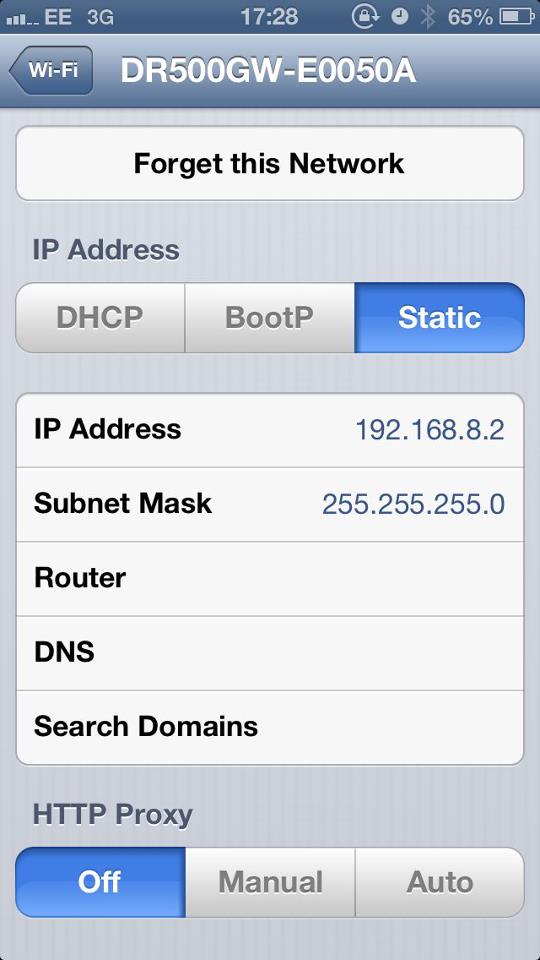
Conclusion
The DR500GW-HD is far and above one of the best dashboard cameras on the market. Its superior build quality and features set it apart from the onslaught of cheaper devices. The fact that it’s small and doesn’t have an LCD viewfinder is a plus if you’re looking for a discreet installation and its smartphone compatibility is very convenient, allowing you to use it fully without a PC or Mac. It doesn’t come without its flaws, but none of them is a deal-killer. If money is not a consideration and you’re really looking for the “best” dashboard camera on the market, you’d do well to give the Blackvue DR500GW-HD a spin. It retails for $330 and can be found at the link provided below, which is the only authorized reseller in the US.
PROS
+ Complete smartphone operation
+ Full HD, 30fps recording
+ GPS and accelerometer readings
+ Direct upload of files to YouTube from smartphone application
+ Small and discreet, keeps thieves at bay
+ Superior build quality and packaging
+ Motion-based disabling of audio recording for privacy
CONS
– Fixed mount installation makes fine adjustment of camera difficult
– WiFi connectivity issues can sometimes be frustrating
– Overly sensitive accelerometer and sound sensors
[ Buy the Blackvue DR500GW-HD ] AND [ Manufacturer Website ]


